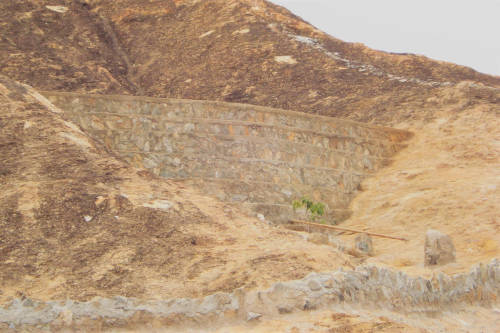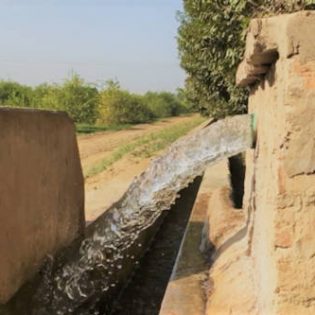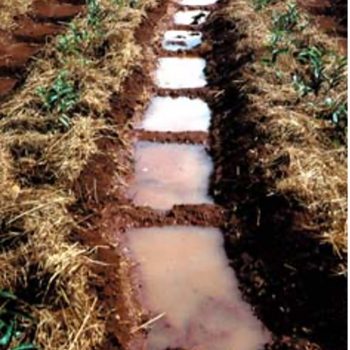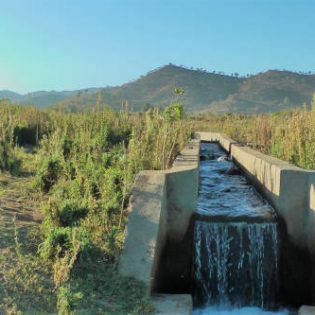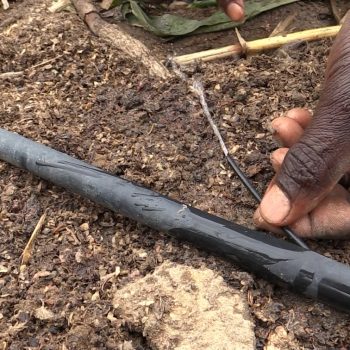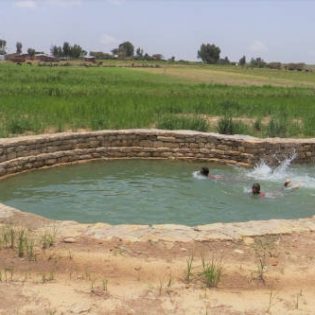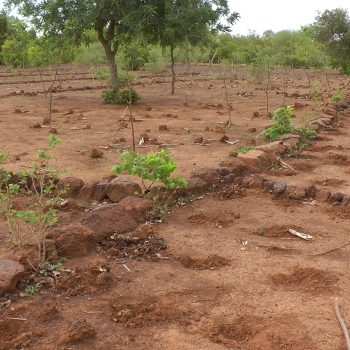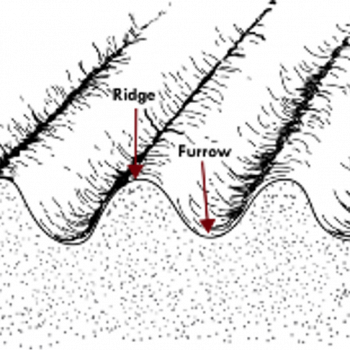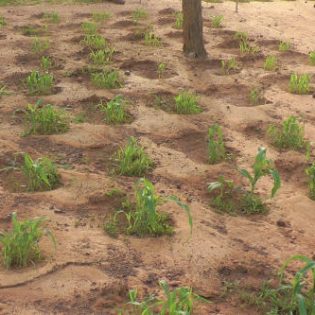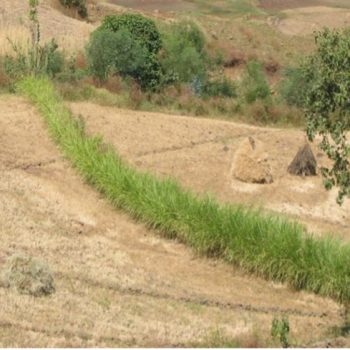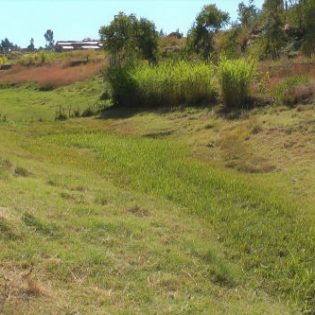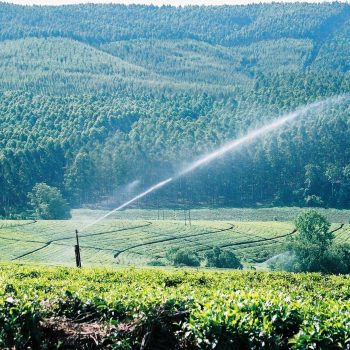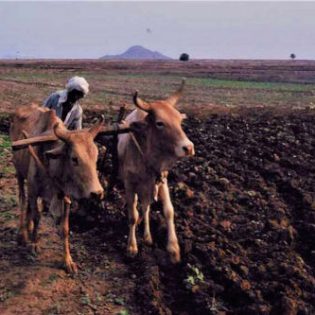| Harvesting water from rock outcrops is widely used in the drylands of Kenya. A wide variety of techniques is currently in practice, ranging from harvesting from natural depressions such as rock pools and gorges to harvesting from complete rock catchments with dam walls. The largest rock catchment in Kenya can store up to 8 million litres of water (Nissen-Petersen, 2006). The amount of water generated by rock catchments is significant: a rock surface of 1 ha can harvest 1 million l of water from 100 mm rain (Nissen-Petersen, 2006).
Harvesting water from rock outcrops increase water supply for people, livestock and drinking water. When water is used for irrigation purposes, the agricultural production is increased due to the increased water availability. Regarding the construction of such structures, after identifying a suitable rock outcrop (most rock surfaces in arid and semi-arid regions are suitable) and the development of a design, all loose parts need to be removed from the rock surface. Removed stones can be crushed to be used in constructing the dam wall. Rainwater is diverted through garlands or gutters towards the reservoir. Stone gutters must have a minimum gradient of 30% to avoid overflow.
|
Additional information
| Agriculture | Rainfed (Crop) |
|---|
